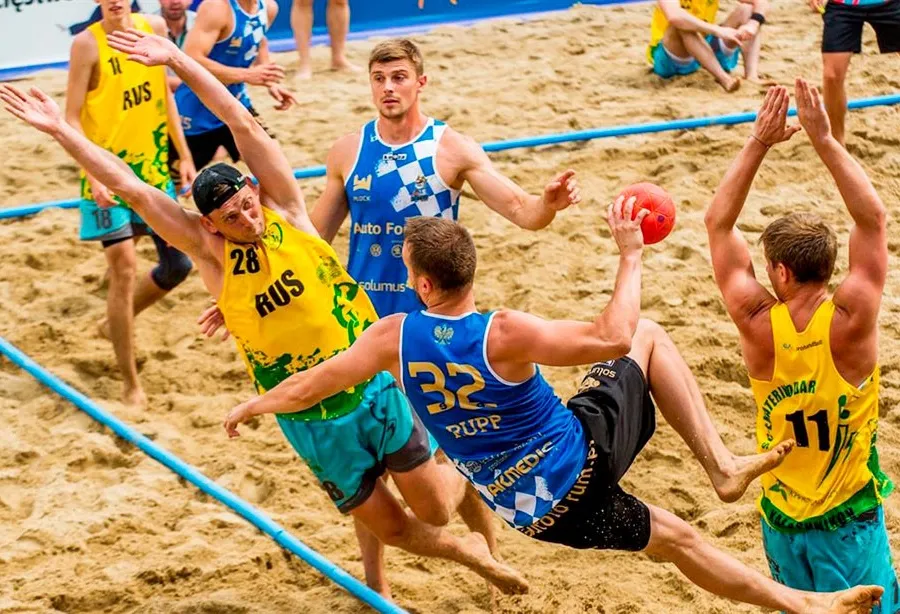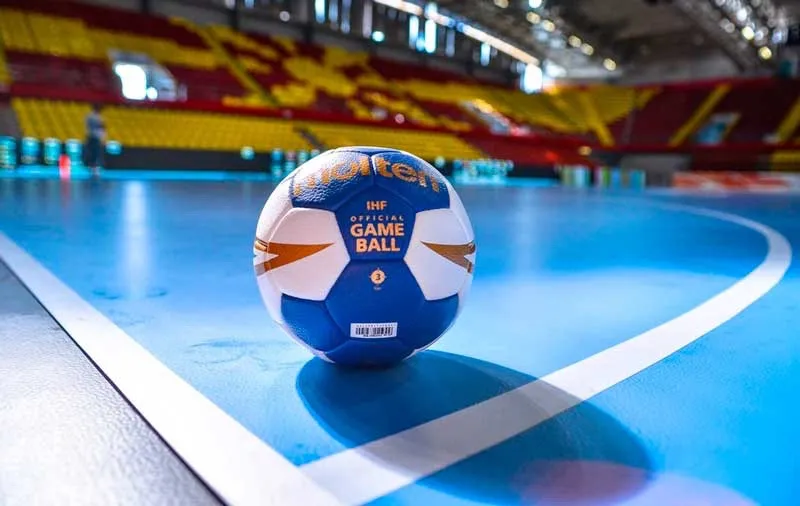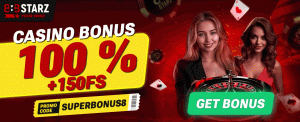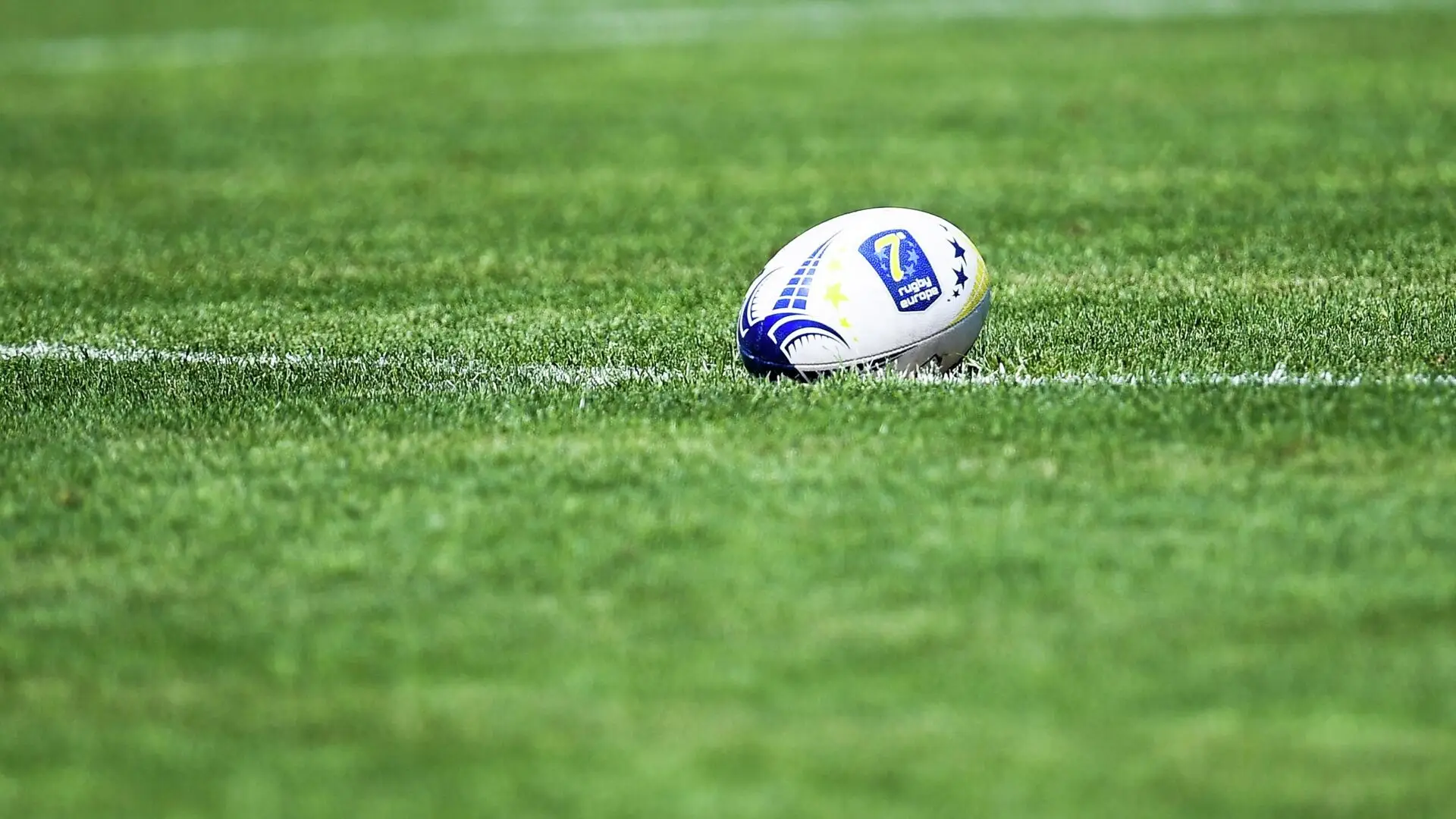Handball is synonymous with dynamics, speed and struggle. But this sport does not stand still. There are constantly new formats and rules that make the discipline even more spectacular and attractive. Let’s take a look at the most interesting types of handball and find out what makes them special.
Classic handball: the king of the arena
The result of the evolution of sports games, combining elements of football, rugby and basketball. Its origins go back to the beginning of the 20th century. In 1917, the first official rules appeared in Germany, and already in 1936, classic handball was included in the Olympic Games programme. This version is known for its intensity and unpredictable turns of events.
Originally played on open fields and teams consisted of 11 players. However, in the 1960s, the format changed to the current one – 7 players in a hall. This transformation made the game more dynamic and spectacular. History is full of moments when the sport has changed and adapted to modern realities, while retaining its essence.
Rules and dynamics of the game
Two teams of 7 players face off on a 40 metre long and 20 metre wide court. The game is played in two halves of 30 minutes and its main objective is to throw the ball into the opponent’s goal, which requires not only physical endurance but also a clear strategy.
Each member of the team has a clear role: the goalkeeper defends the goal, the field players organise the attack, defend the area and assist the goalkeeper if necessary. An important part of any form of handball is the possibility of quick substitutions, which adds rhythm and constant movement to the process. Substitutions take place an unlimited number of times, which requires co-ordinated teamwork and a clear distribution of tasks.
Athletes must have good physical fitness, reaction speed, endurance and the ability to adapt quickly to changing conditions on the court, which makes handball an extremely intense and dynamic sport.
Features:
- The size of the court is 40 metres long and 20 metres wide, allowing players to manoeuvre freely and develop complex combinations for attack and defence.
- The weight of the ball varies from 425 to 475 grams and the circumference is 58-60 cm. The ball should be light enough for easy throwing and dribbling, but at the same time heavy enough for accurate passes.
Beach handball: golden sands and a sea of drive
 What is the difference between beach handball and classic handball? The game has transferred all the dynamics of traditional handball to the sandy shore. There are several differences between the two. First of all, the size of the field: here they play on an area of 27×12 metres, which is almost half the size of the classic version. The teams consist of only 4 players, which makes the process more open and full of interaction.
What is the difference between beach handball and classic handball? The game has transferred all the dynamics of traditional handball to the sandy shore. There are several differences between the two. First of all, the size of the field: here they play on an area of 27×12 metres, which is almost half the size of the classic version. The teams consist of only 4 players, which makes the process more open and full of interaction.
Beach variant is more than just a sporting competition, it is a show where athletes perform incredible jumps and acrobatic stunts. Matches are usually set to music, with spectators savouring every spectacular throw. Everything from the size of the pitch to the atmosphere in the stands works to create the unique, relaxed spirit of a beach holiday.
Rules of beach handball
The rules differ significantly from the classic version. Games are played in two 10-minute periods, and each goal can be awarded 1 or 2 points, depending on the difficulty of the shot. Additional points are awarded for acrobatic jumps or overhand throws, which makes the process even more spectacular.
Athletes play barefoot, which adds a certain complexity to the movements in the sand. Sand is not always predictable and this adds an element of surprise that should not be underestimated. Nuances:
- Dynamic play: Due to the smaller field size and the small number of players, the game becomes very dynamic, with quick changes of attack and defence. It is often the case that teams have several shots in one minute.
- Acrobatic elements: Turn throws and other acrobatic movements are awarded extra points, making the game not only a competition but also a real show.
Types of handball include the beach version as the most fun and entertaining, especially due to the teamwork and emphasis on interaction between athletes.
Mini Handball: big emotions in a small format
A version specially designed for children and beginners. The field is smaller – about 20×13 metres and the teams consist of 4-6 players. The rules are very simple, which makes it ideal for learning the basics of handball. There are no hard limits, and the emphasis is on developing co-ordination and team spirit.
The mini version is a great way for children to get acquainted with the world of sport, learn to work in a team and improve their physical fitness. Classes are in a game format, making the training process fun and engaging.
Features:
- Field Size: The mini handball field measures 20×13 metres, allowing children to move around easily and learn basic skills of the game without being overwhelmed.
- Simplified rules: The focus is on teaching basic ball skills, co-ordination and team decision making. There are no penalty shots or rigid tactical schemes, which reduces the pressure on children.
- Main objective: Mini handball helps to develop co-ordination, improve physical activity and teach children the basics of teamwork, which is especially important for their overall physical development and social adaptation.
Conclusion
 The types of handball represent a veritable kaleidoscope of possibilities for sports fans of all ages. From the intense classic variant to the lightness and spectacle of beach handball and, of course, the accessible mini handball. Each offers its own unique emotions and experiences, and everyone can find something different in this variety.
The types of handball represent a veritable kaleidoscope of possibilities for sports fans of all ages. From the intense classic variant to the lightness and spectacle of beach handball and, of course, the accessible mini handball. Each offers its own unique emotions and experiences, and everyone can find something different in this variety.
Try your hand at one of the variations and discover a world of active emotions and team spirit. Whether on the sand, in the gym or on the school playground, handball will always give you the joy of movement and the feeling of being part of a team.
 en
en  ru
ru  de
de  ar
ar  es
es  nl
nl  hi
hi  fr
fr  it
it  pt
pt  el
el 










